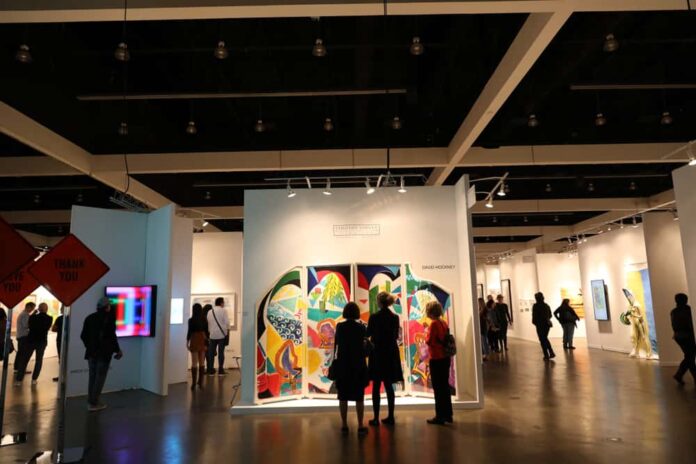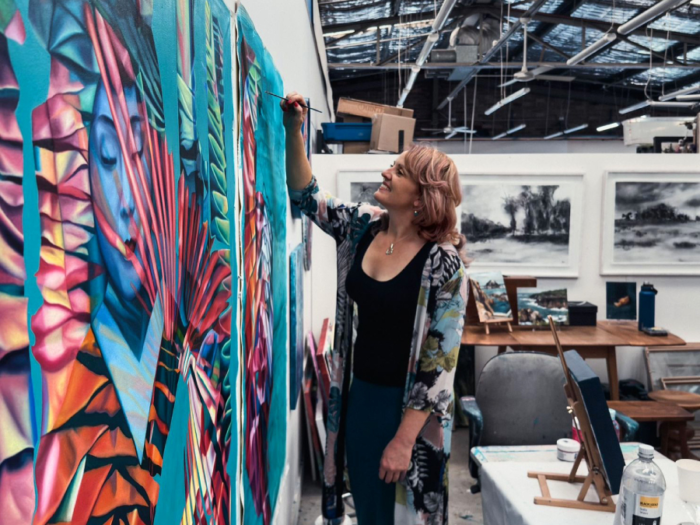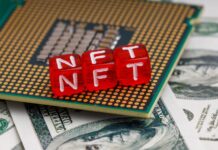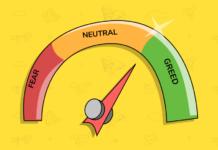
Art is one of the most lucrative businesses worldwide, and the art market has always been considered exclusive, reserved for the elite, and inaccessible to most people. However, over the past few years, the art market has undergone a significant transformation, thanks to the advent of online platforms. These platforms have democratized the art market, making it more accessible and affordable for everyone. In this article, we’ll explore how they are changing the way we buy and sell art.
The Rise of Online Platforms

Before they came along, the art market was primarily dominated by a handful of auction houses, art galleries, and dealers. These traditional channels have been around for centuries and have always been the go-to places for art collectors, investors, and enthusiasts. However, with the rise of the internet, things started to change. Online art platforms like G.ART, Saatchi Art, and Artsper began to emerge, providing a new way to buy contemporary art online. These platforms offer artists, collectors, and galleries a way to connect with buyers from around the world, opening up new markets and creating a more level playing field.
The Advantages of Online Platforms
Here are some of the most significant benefits:
- Accessibility: They make it easy for anyone to browse and buy art from the comfort of their own home. You no longer have to be physically present at an auction or gallery to purchase art.
- Affordability: They have made art more affordable by offering a range of prices, from affordable prints to high-end originals. This has made art more accessible to a broader audience.
- Transparency: They provide more transparency in the art market by offering buyers and sellers more information about the art they are buying or selling. This includes information about the artist, the artwork’s history, and provenance.
- Global Reach: Online platforms have a global reach, connecting buyers and sellers from around the world. This has opened up new markets and created opportunities for artists to sell their work to a broader audience.
- Convenience: They offer a convenient way to buy and sell art. You can browse and buy art at any time of the day or night, from anywhere in the world.
Empowering artists and fostering creativity
In the traditional art market, artists often faced barriers such as limited exposure, geographical constraints, and dependence on galleries for representation. However, with the advent of online platforms, artists now have the opportunity to showcase their artwork to a vast and diverse audience, transcending geographical boundaries.
These platforms provide a level playing field, allowing emerging artists to gain recognition and exposure alongside established names in the art world. Artists can create their online portfolios, showcase their artwork, and interact directly with collectors and art enthusiasts. This direct engagement fosters creativity by encouraging artists to explore new ideas, experiment with different mediums, and receive valuable feedback from a global community.
They offer various tools and resources to support artists in managing their careers. Artists can leverage digital marketing strategies, social media promotion, and analytics to gain insights into their audience and tailor their artistic practice accordingly. The ability to reach a wide audience also opens up opportunities for collaboration and networking with other artists, curators, and industry professionals.
They often provide resources for artists to learn and grow professionally. They may offer educational content, tutorials, and workshops on various art techniques and business skills. By empowering artists with the necessary tools, resources, and exposure, these platforms contribute to a vibrant and dynamic art ecosystem, fostering a sense of community and encouraging artistic exploration and innovation.
The Future of the Art Market

Online platforms have already had a significant impact but what does the future hold? Here are some of the ways we see them continuing to revolutionize the art market:
- Increased Adoption: As more people become comfortable with buying and selling art online, we can expect to see a significant increase in adoption rates.
- Virtual Reality: As technology continues to evolve, we can expect to see more online platforms offering virtual reality experiences, allowing buyers to see what an artwork will look like in their home.
- Blockchain Technology: Blockchain technology has the potential to revolutionize the art market by providing a more secure and transparent way to buy and sell art.
- Artificial Intelligence: Artificial intelligence can help online platforms provide more personalized recommendations to buyers, making it easier for them to find the art they love.
- Increased Competition: As more online platforms emerge, we can expect to see increased competition in the art market. This is good news for buyers and sellers as it will create more options and drive down prices.
Conclusion
Online platforms have revolutionized the art market, making it more accessible and affordable for everyone. These platforms have democratized the art market, providing a new way to buy and sell art that is more transparent, convenient, and global. As technology continues to evolve, we can expect to see online platforms continue to play a significant role in the art market. The impact of online platforms on the art world has been significant, and we can expect to see continued diversification and increased access to the art market in the future.
- Greater Diversity: Helping to diversify the art market by showcasing works from a more diverse range of artists, including emerging artists and artists from underrepresented communities.
- Increased Access: They have made art more accessible to a broader audience, allowing people from all walks of life to buy and sell art.
- Greater Transparency: Increasing transparency in the art market by providing more information about the art being bought and sold.
- New Opportunities for Artists: Creating new opportunities for artists to sell their work and connect with buyers from around the world.
- Challenges to Traditional Channels: Disruption of traditional channels like auction houses and galleries, creating new competition and forcing these channels to adapt.

















